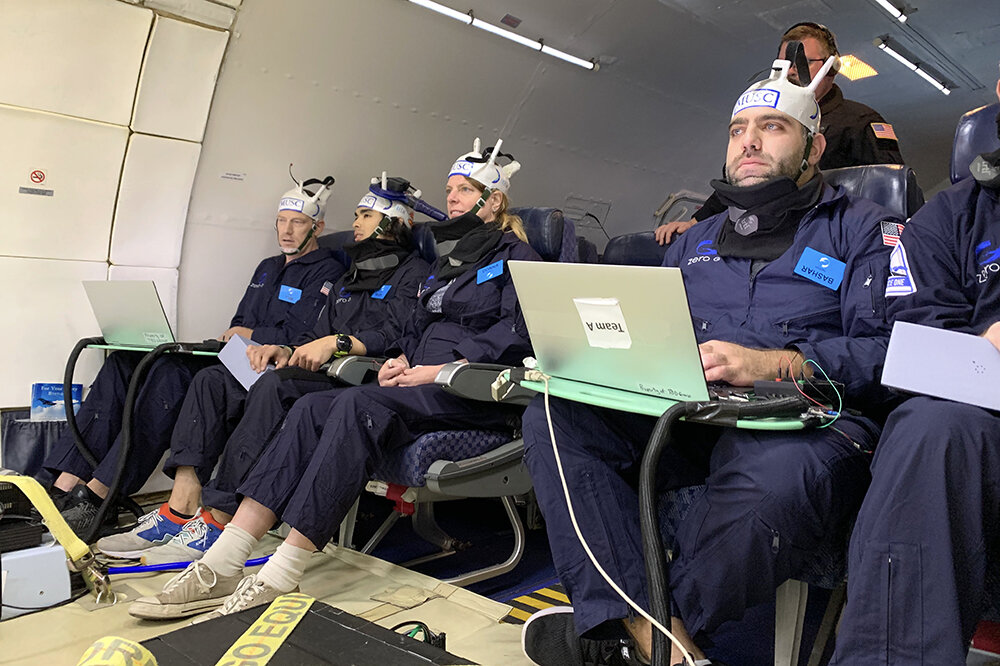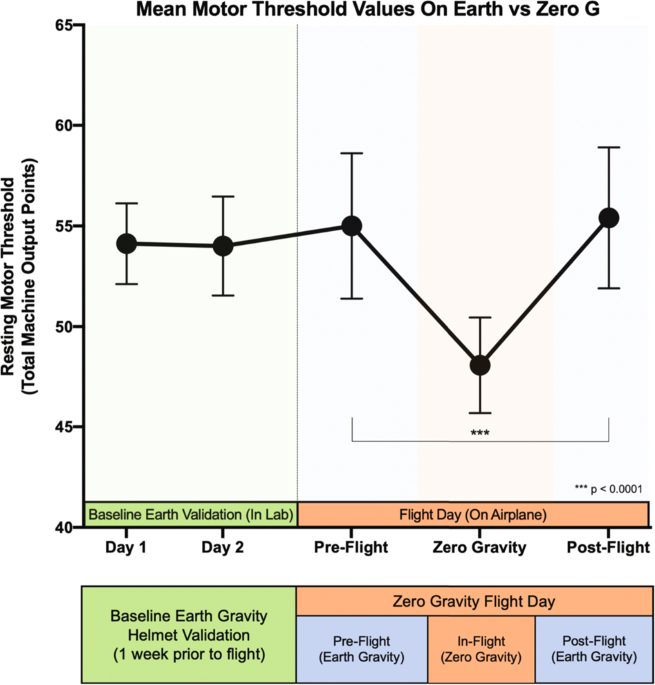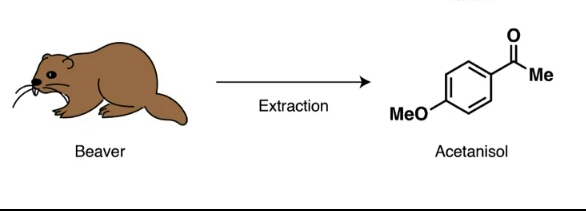polymath
Bluelight Crew
- Joined
- Nov 4, 2010
- Messages
- 1,884
... by injection, and in infant wistar rats
I don't see anyone using margarine as a sedative
It would have to be prepared as an emulsion with really small oil droplets in water before it could be injected. If you inject a milliliter of pure oleic acid intravenously, the blob of oil will get stuck in your lung as an embolism and cause permanent damage. It's actually used for causing just that in some cruel animal experiment. There's probably some digestive mechanism that prevents the OA concentration in your blood getting too high no matter how much olive oil you consume.
This is a bit similar to this: https://www.bluelight.org/xf/threads/triglycerides-with-cns-effects.600143/
Last edited:







